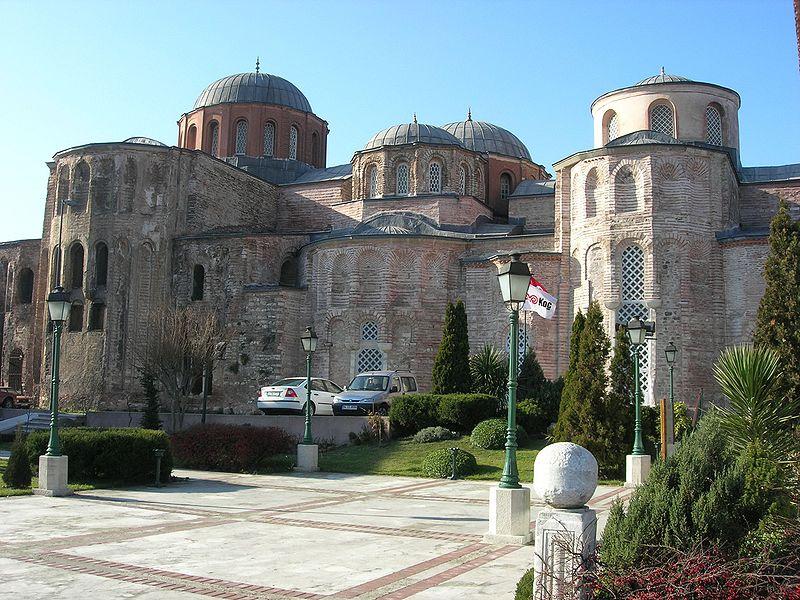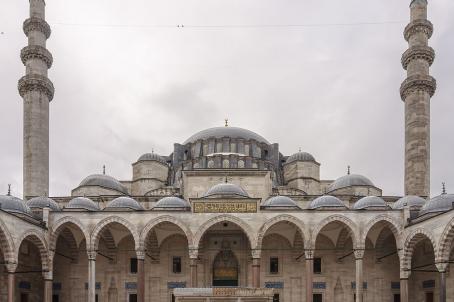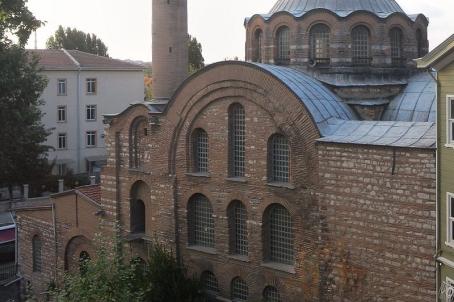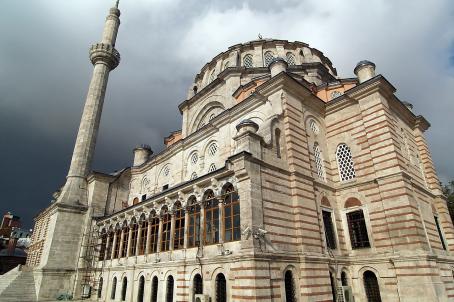Monastery of the Pantocrator
Monastery of the Pantocrator is a significant mosque in Istanbul, made of two former Eastern Orthodox churches and a chapel. It represents the most typical example of architecture of the Byzantine middle period in Constantinople and is, after Hagia Sophia, the second largest religious edifice built by the Byzantines still standing in Istanbul. Now it's being used as a mosque named Zeyrek Mosque.00
About this building
Between 1118 and 1124 Byzantine Empress Irene of Hungary built a monastery on this site dedicated to Christ Pantokrator ("Christ Almighty"). After the death of his wife, shortly after 1124, Emperor John II Komnenos built another church to the north of the first dedicated to the Theotokos Eleousa ("the merciful Mother of God"). Finally the two shrines were connected with a chapel dedicated to Saint Michael. Shortly after the Fall of Constantinople the building was converted into a mosque, and the monastery was converted for a while into a Medrese. The south and the north church are both cross domed with polygonal apses having seven sides, and not five as was typical in the Byzantine architecture of the previous century. The apses have also triple lancet windows flanked by niches.






